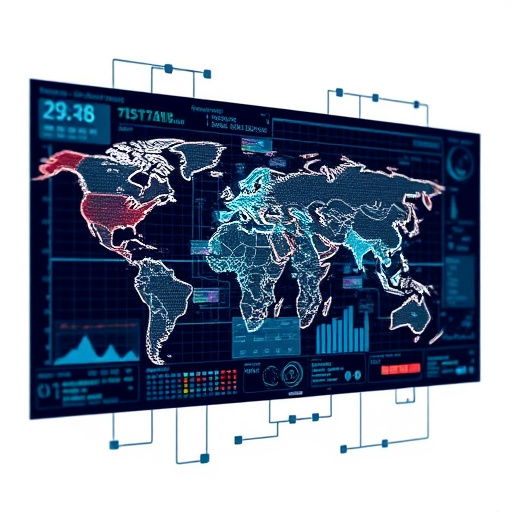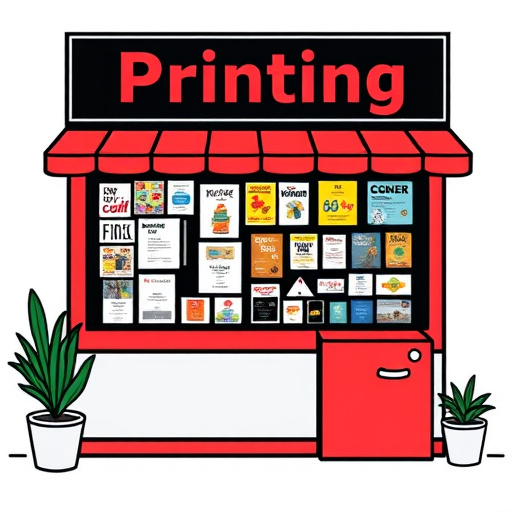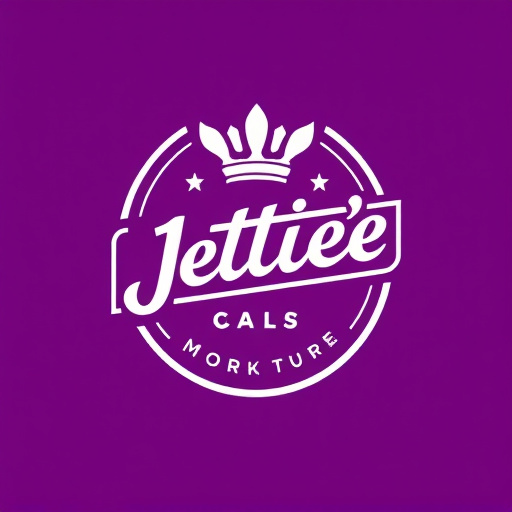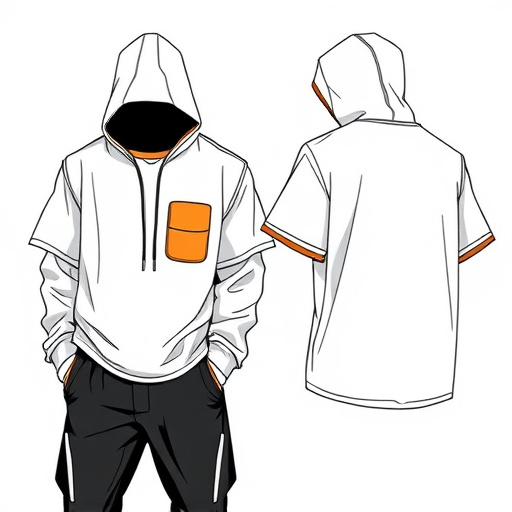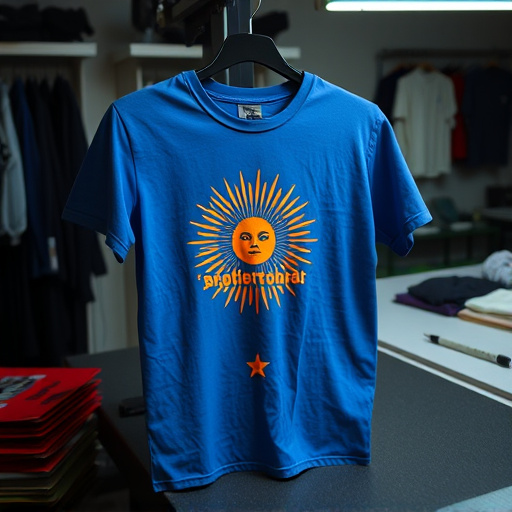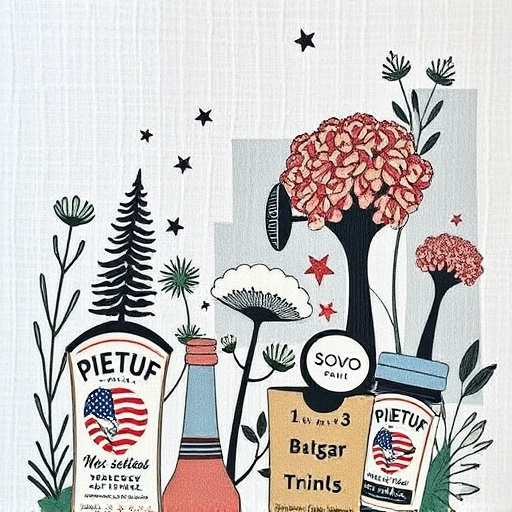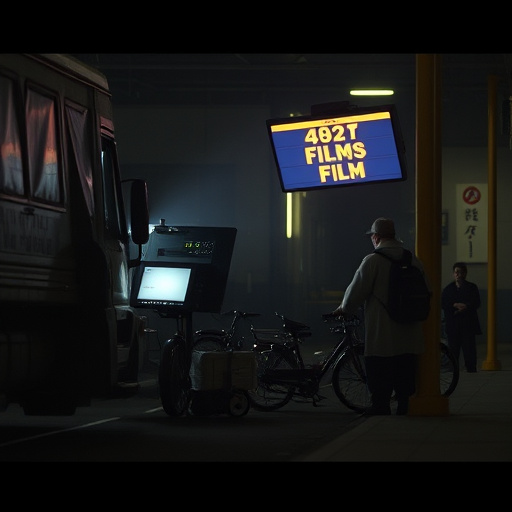In today's digital era, DTF Innovation is driven by technology and personalization. Accessible DTF printers let individuals create unique designs like cold peel transfers or intricate patterns quickly. Consumers seek tailored products reflecting individual tastes, boosting demand for DTF merchandise across sectors. DTF offers immediate gratification with on-demand printing and faster turnaround times but poses risks of quality issues and encouraging disposable culture if not managed properly. Balancing benefits and risks is crucial for DTF Innovation's sustainability.
In today’s fast-paced world, “Do It Tonight, Forget It” (DTF) innovation has captured consumer interest, offering quick fixes for everyday challenges. This article delves into the factors driving this trend, exploring how temporal solutions appeal to modern lifestyles. We analyze the benefits and risks perceived by consumers in adopting DTF products, providing insights into their purchase decisions. By understanding these dynamics, businesses can navigate the market, catering to evolving consumer preferences for innovative, temporary fixes.
- Factors Shaping Consumer Interest in DTF Innovation
- The Appeal of Quick, Temporary Solutions
- Benefits and Risks: Consumer Perception of DTF Products
Factors Shaping Consumer Interest in DTF Innovation
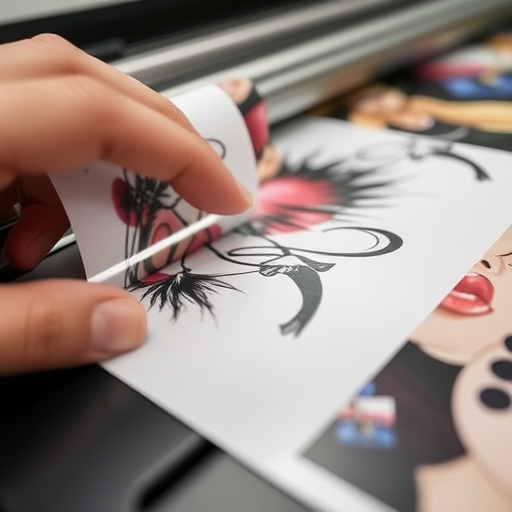
In today’s fast-paced world, consumer interest in DTF Innovation is driven by a confluence of factors. The rise of digital technology has significantly shaped this trend, enabling easier access to cutting-edge tools and resources. Specifically, advancements in direct to film (DTF) printers have democratized the production process for custom t-shirts and other merchandise. This accessibility allows folks to swiftly bring their creative visions to life, whether designing unique cold peel dtf transfers or crafting intricate patterns.
Moreover, the appetite for personalization is a key catalyst. Consumers increasingly seek products that reflect their individuality and interests. DTF Innovation caters to this demand by offering unparalleled customization options. From choosing specific designs to selecting high-quality materials, individuals can create personalized items that stand out in a bustling market. This level of tailored expression resonates with many, fostering a growing interest in embracing DTF Innovation across various sectors.
The Appeal of Quick, Temporary Solutions
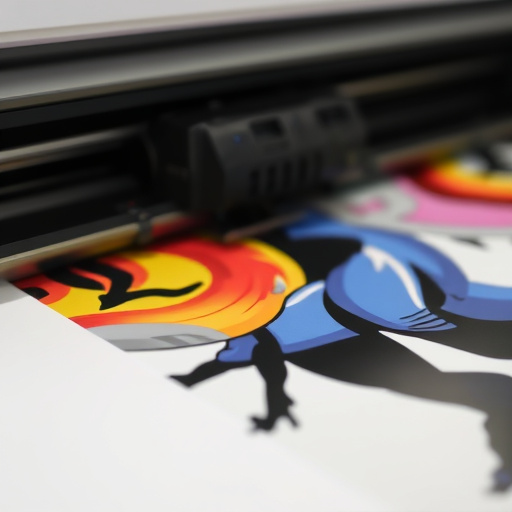
In today’s fast-paced world, consumers are increasingly drawn to solutions that offer immediate gratification and convenience. This trend is notably reflected in their interest for DTF (Direct to Film) innovation, a game-changer in the realm of personalized merchandise. The appeal lies in its ability to provide quick, temporary fixes without the usual time investment required for traditional customization methods. With DTF transfer sheets, folks can effortlessly transform their ideas into tangible, personalized hoodies or other items—a process as simple as watching a tutorial on YouTube.
This direct-to-film approach democratizes creativity, enabling individuals to express themselves through unique, customized designs without needing extensive skills or equipment. Whether it’s a temporary mood or a specific event, DTF innovation allows consumers to embrace change and adaptability, ensuring their wardrobe or any surface they choose stays fresh and relevant. The versatility of DTF transfer sheets in particular caters to the modern consumer’s desire for both spontaneity and personalization—a vibrant, bustling testament to contemporary lifestyle preferences.
Benefits and Risks: Consumer Perception of DTF Products
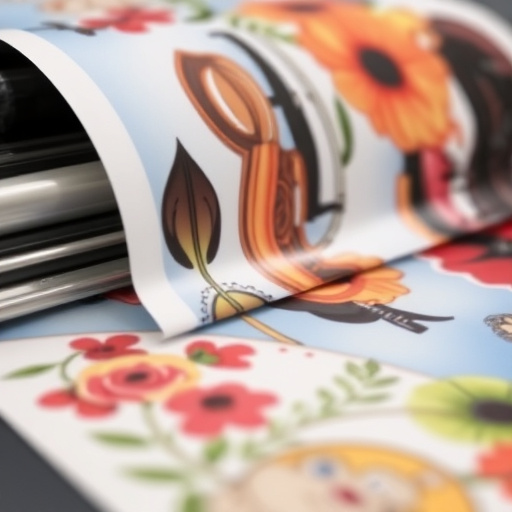
The allure of DTF (Direct to Fabric) innovation lies in its promise of rapid, cost-effective customization, making it particularly appealing to consumers seeking unique and personalized products. This technology enables intricate designs on various fabrics, from apparel like DTF for hoodies and DTF for t-shirts to home decor items, without the need for complex machinery or large production runs. Consumers can enjoy a wide array of benefits, including on-demand printing, faster turnaround times, and the ability to bring their creative visions to life instantly.
However, along with these advantages, there are risks associated with DTF products that often go unnoticed by consumers. Quality concerns, such as potential fading or poor ink adhesion, could arise due to improper printing techniques or subpar materials. Additionally, while convenience is a significant draw, some may perceive DTF innovation as fostering a disposable culture, where items are seen as temporary or less valuable because of their ease of customization and production. Balancing the benefits and risks is crucial for maintaining consumer trust and ensuring DTF innovation remains a sustainable and desirable option in the market.
DTF innovation’s allure lies in its ability to offer quick, temporary solutions that cater to modern consumers’ fast-paced lifestyles. By understanding the factors shaping interest and recognizing the benefits and risks associated with these products, businesses can effectively navigate this evolving landscape. Consumer perception plays a pivotal role, and as DTF Innovation continues to revolutionize markets, staying attuned to these dynamics will be key to success.







